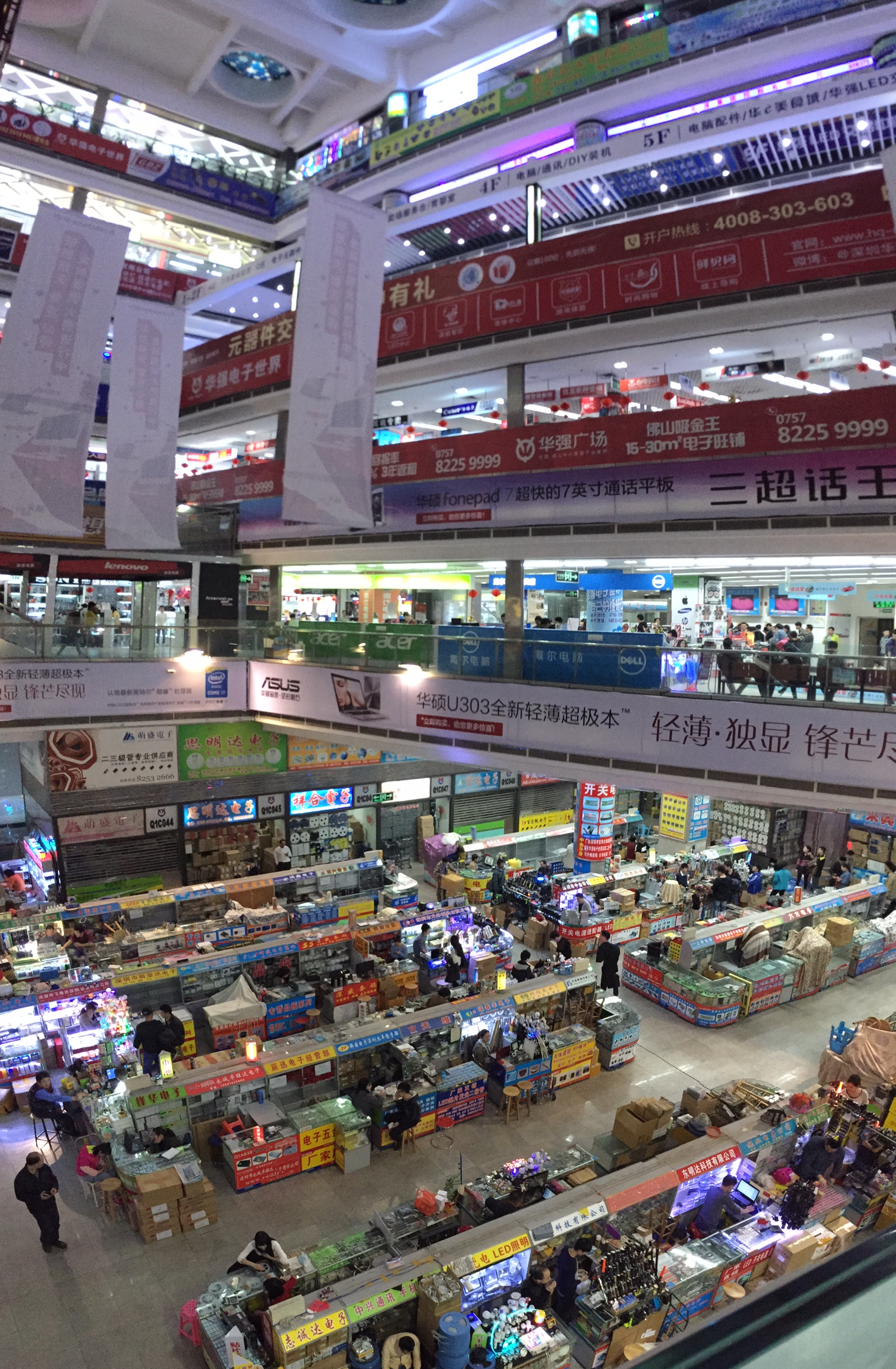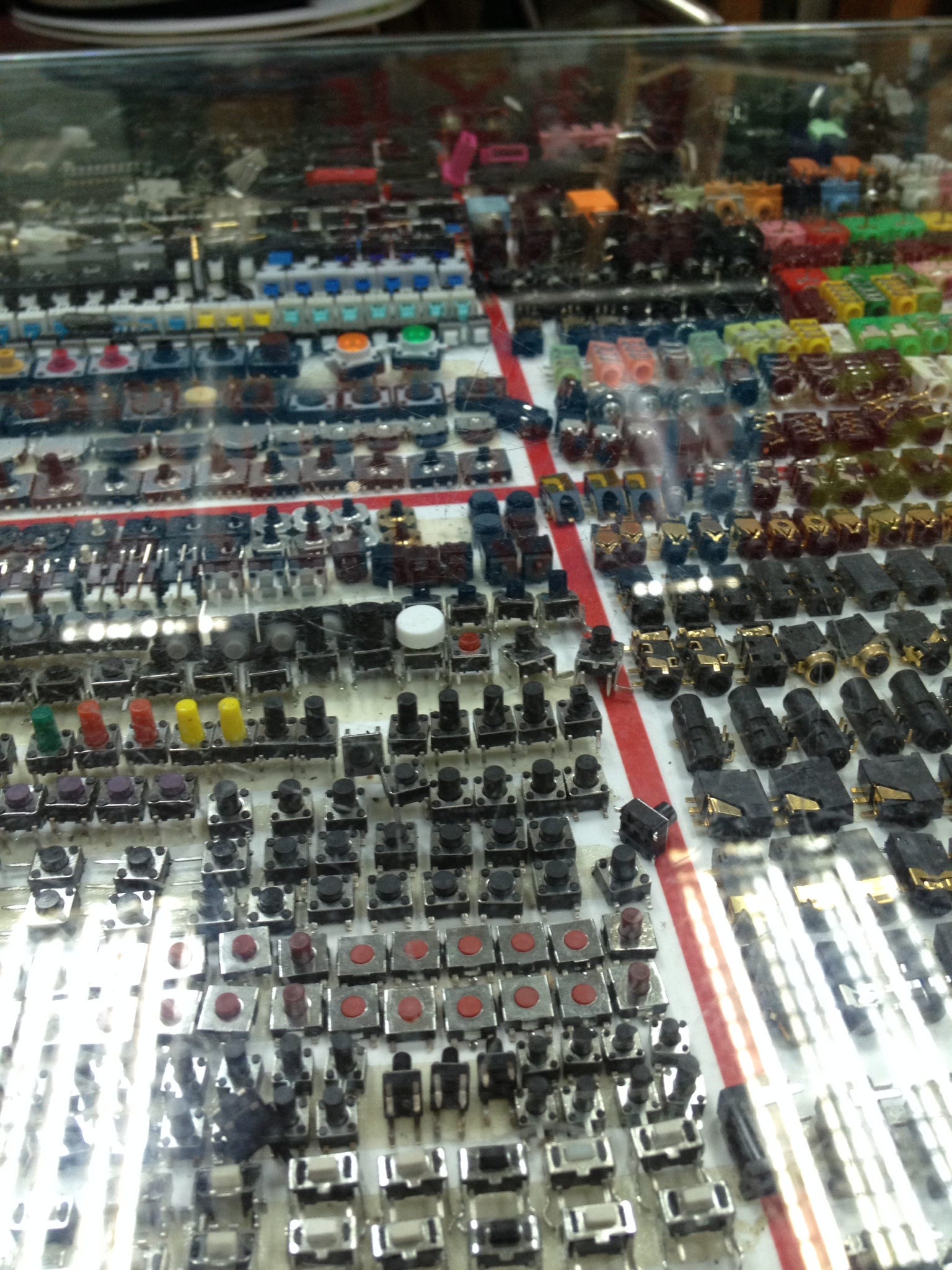
Most people have no idea what goes into making the products they know and love. As a company dedicated to improving lives through hardware, we want to change that. In this 4 part series, we’re pulling back the curtain on our manufacturing process and giving an inside look at what goes into building the Smart Vent. Check out the other blog posts here: Good, Fast, Cheap -- Choose Two, Batteries Included, and Making It Work.
Unlike software that can be made from anywhere in the world, building physical products has physical limitations. You need access to the right tools, the right network of partners, and enough space to produce massive quantities of inventory. Few places in the world have the infrastructure to support these unique hardware development needs, but China has them all. Like nearly all hardware startups, we chose to mass produce our products there. This is where our manufacturing story begins.
The journey from prototype to product has taken us around the world five times now, and the Keen Home Hardware team just returned from our last visit to Asia to oversee manufacturing. For a while, the flight from JFK to HKG ranked as the world’s longest (it’s currently #10). One truly awe inspiring aspect is simply how you get there. People often ask, “do you fly East or West?” The answer is North. You fly up over the Arctic and down the other side of the planet. It’s like you are chasing the Sun around the Earth. When you fly to China in the spring, you don’t see a sunset for 28 hours.
You are chasing the Sun around the Earth. When you fly to China in the spring, you don’t see a sunset for 28 hours.
This trip marked our first opportunity to see the Arctic during the day.

The indigo of the deep Arctic Ocean fades to the same denim gray-blue of the sky at the horizon. The two blend together and the parallax of the clouds and their shadows floating by makes you swear the icebergs are floating too. I like to think it must have inspired Dr. Mann’s planet — that world in Interstellar with the frozen solid clouds.
On the ground in Hong Kong, we still have to cross the bay into mainland China. China has changed dramatically even in the last few years. Increasingly, better pay and higher quality of life has driven people to the cities, giving rise to mega malls and skyscrapers. But there are still elements of the old culture in the midst of it all.

I think the most unexpected thing about urban China is just how entrepreneurial it is. Everyone is finding their own way of building a better life. The city of Shenzhen is a vibrant, exploding, world-class manufacturing hub. Its easy to think that China manufacturing means cheap, low quality products, and it can if you don’t know what you’re doing. But the bigger picture is that China has most of the world’s factories; good and bad alike. Everything from t-shirts to the iPhone is made there.
Our product isn’t made in one factory. Our motors come from specialists in motor making. Our metal aerovanes come from a dedicated aluminum extruder. Most of these things can be found in Shenzhen.
Something special happens when you build whole cities around one goal: network effects. Walking down the street, you see factory after factory competing and cooperating to create a place unlike any other in the world. The sheer density of industry creates unique opportunities. There are whole skyscraper sized shopping malls full of electronics parts. Each floor has stores where you can buy LEDs, buttons, resistors or anything you can think of. No ordering parts and waiting for delivery like we do in the States.


Shenzhen has established itself as an electronics Mecca. After conducting a worldwide search, we even ended up selecting a packaging factory right across the street from our main factory.
Why does all this take place in China? Manufacturing is a place-in-time in a country’s development. Decades ago, China specialized in simple, low end manufacturing like textiles and mining. As it progresses towards First World status, it’s tracing the same path that the US did; moving from low end manufacturer to more complex systems, providing higher paying jobs over time. Eventually, China will probably follow other industrialized countries and leave the world of manufacturing behind, graduating to design, finance, and other white collar professions. Other up-and-comers in the world like India or Africa will then step in to meet demand. But for the foreseeable future, the infrastructure, network of companies, and relatively low cost of business ensure that there isn’t a better place on the planet to manufacture hardware.
This post was written by Will McLeod, Keen Home’s Technical Co-Founder on May 14, 2015.